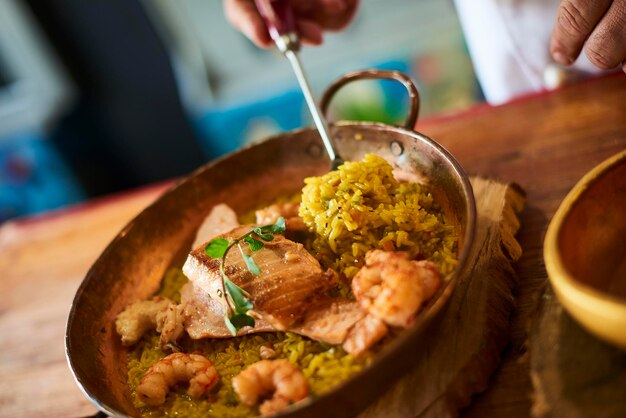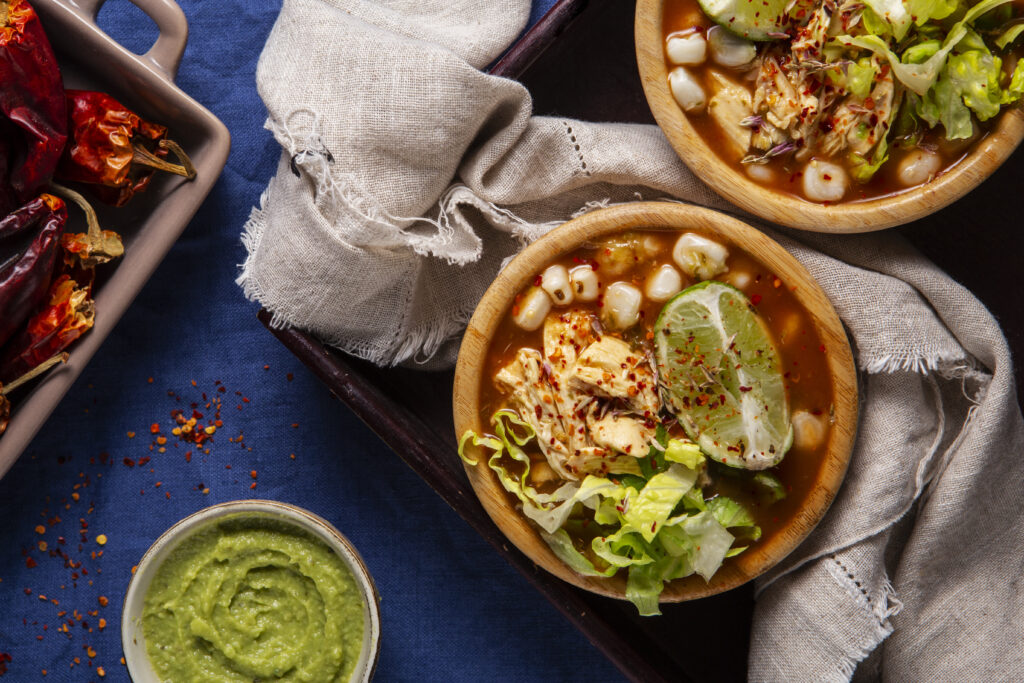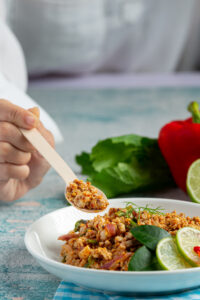Puerto Rican cuisine is a vibrant mix of Taíno, African, and Spanish influences, creating dishes bursting with bold flavors and rich history. Whether you’re craving a savory mofongo or a sweet tembleque, the island’s recipes promise an unforgettable culinary experience. In this article, you’ll discover some of the most beloved Puerto Rican recipes, essential ingredients, and tips to recreate them in your kitchen.
The Heart of Puerto Rican Cuisine
At the core of Puerto Rican cooking is a unique blend of indigenous Taíno traditions and the diverse flavors introduced by African and Spanish settlers. The cuisine is characterized by tropical ingredients like plantains, pigeon peas, and coconut, all enhanced by the use of signature seasonings such as adobo and sofrito.
Learn more about the cultural roots of Puerto Rican cuisine in this comprehensive guide that delves into its history.
Must-Have Ingredients for Authenticity
To achieve the true taste of Puerto Rico, stock up on these essential ingredients:
- Sofrito: A fragrant blend of onions, peppers, garlic, and cilantro.
- Adobo and Sazón: Key seasoning blends for meats, beans, and rice.
- Plantains: Used in both sweet (amarillos) and savory (tostones) forms.
- Pigeon Peas (Gandules): A staple in dishes like arroz con gandules.
- Coconut Milk: Integral for desserts like tembleque and arroz con dulce.
For tips on incorporating these ingredients into your cooking, visit The Spruce Eats for a guide to Caribbean staples.
Traditional Puerto Rican Recipes
Appetizers
- Alcapurrias: Fried fritters made from yuca and stuffed with meat.
- Bacalaitos: Crispy salt cod fritters perfect for snacking.
Main Dishes
- Arroz con Gandules: The national dish of Puerto Rico, combining rice, pigeon peas, and sofrito.
- Pernil: Slow-roasted pork shoulder seasoned with garlic and adobo.
- Mofongo: A mashed plantain dish often served with garlic sauce or seafood.
Sides
- Tostones: Twice-fried green plantains, a versatile side dish.
- Habichuelas Guisadas: Stewed beans simmered in a savory tomato base.
Sweet Puerto Rican Desserts
Indulge your sweet tooth with these island favorites:
- Flan de Queso: A creamy cheese flan with a caramel topping.
- Tembleque: A silky coconut pudding spiced with cinnamon.
- Arroz con Dulce: Sweet rice pudding infused with coconut and cloves.
Modern Twists on Classics
Contemporary chefs have reimagined Puerto Rican recipes with modern twists, creating healthier options without sacrificing flavor. For example:
- Baked tostones instead of fried.
- Vegan versions of arroz con gandules using plant-based protein.
- Sofrito made with olive oil for a lighter touch.
Explore Serious Eats for innovative ways to bring these dishes to life in your kitchen.
FAQs About Puerto Rican Cuisine
What are the most popular Puerto Rican dishes?
Some classics include mofongo, arroz con gandules, and pernil.
Can Puerto Rican recipes be made vegetarian?
Yes! Substituting beans or tofu for meat in dishes like mofongo or sofrito-based stews works wonderfully.
What’s the difference between tostones and amarillos?
Tostones are made from green plantains and are savory, while amarillos are ripe, sweet plantains.
How is Puerto Rican food different from other Caribbean cuisines?
Puerto Rican food is distinguished by its unique use of sofrito, adobo, and the harmonious blend of cultural influences.
Conclusion: Bring Puerto Rico to Your Kitchen
Puerto Rican recipes offer a delicious way to explore the island’s history and culture. Whether you’re cooking for a family gathering or exploring new flavors, these dishes are sure to impress. Try them out, experiment with variations, and enjoy the vibrant spirit of Puerto Rico in every bite!
For more meal ideas, check out our delicious Cherry Cobbler Recipe– perfect for family gatherings and healthy eating.
Puerto Rican Drinks to Complement Your Meal
No Puerto Rican feast is complete without traditional beverages to accompany the meal. Coquito, a creamy coconut-based holiday drink, is perfect for celebrations, while Piña Colada, the island’s signature cocktail, adds a tropical flair. For a non-alcoholic option, try Malta, a sweet malt beverage, or Chichaíto, a rum and anise-based shot that embodies the island’s vibrant spirit. Pairing these drinks with your dishes completes the authentic Puerto Rican dining experience.
Happy cooking, and don’t forget to share your culinary creations with loved ones!




